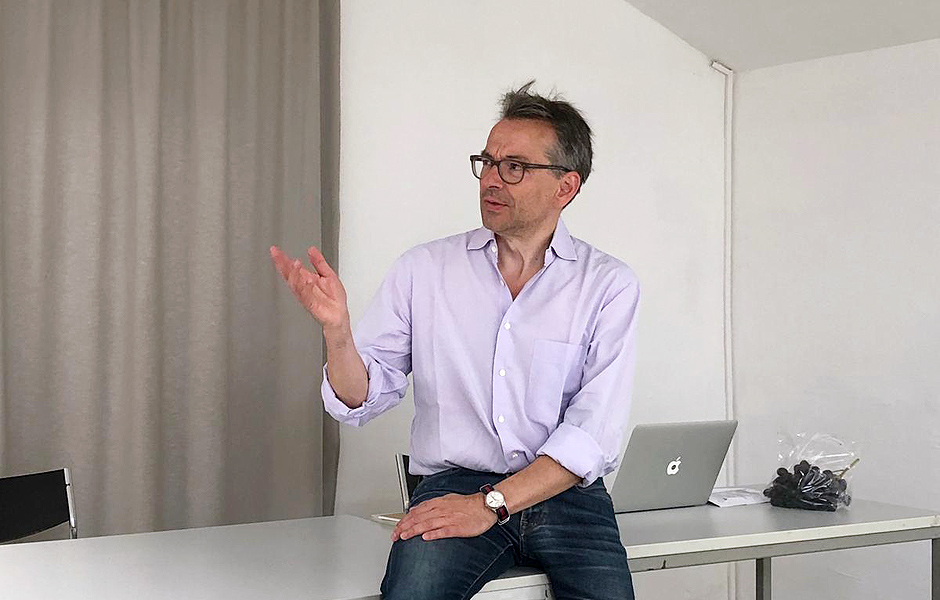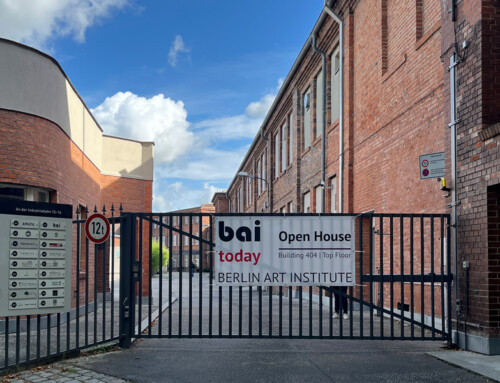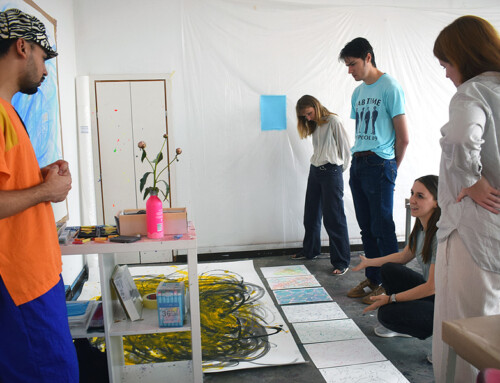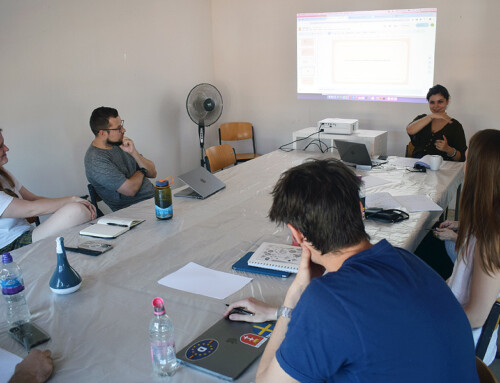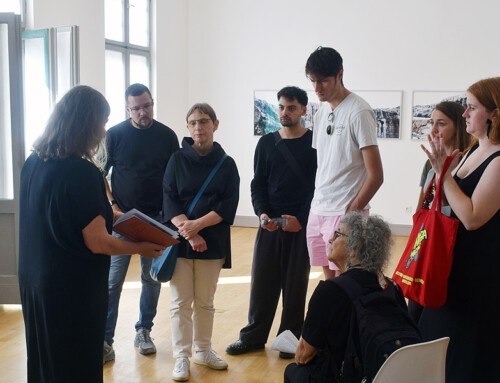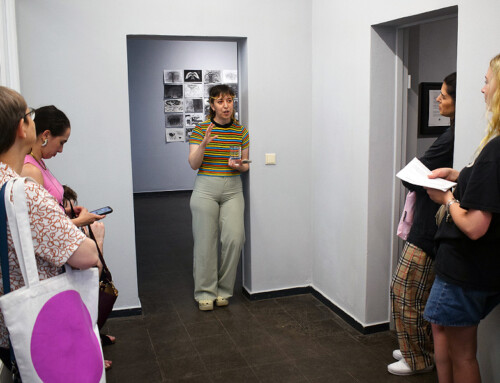July 28 – 30, 2020, 10 am – 1 pm
Many thanks to the critic, curator & artist Andreas Schlaegel for his seminar Farewell, Realm of the Senses Pt 2 and discussing the works of our participants within the Studio Program at BAI | Berlin Artist Residency, Art School, Arts Incubator, and Live Online Courses & Classes.
“One of the most sustainable definitions of art was published exactly one hundred years ago by Paul Klee: “Art does not reproduce the visible, but makes visible”. Originally his statement referred specifically to the graphic arts, and suggested to look at the field less by way of its limitations, but rather to focus on how its formal qualities could expand the notion of art.
Today, rattled to the core by a global pandemic, but also feeling empowered, especially in regard to Black Lives Matter having become a global movement, it is necessary to look once again at the way artists can reflect on the constantly changing world we live in – and what „make visible“ today actually means.
If we take the imagery shared on social media, we recognize that all visual representations first have to be drawn through the bottleneck of digital photography. But how does this affect the image and the viewers? Comparing the materiality of an oil painting in a museum to that of an insta-story on our phone: do we need to reconsider what an oil painting represents? If the material of digital imagery is only accessible as code in data storage media, constantly flowing between a supposedly intangible data cloud and stationary computers, who benefits from the image, its distribution, and the data traffic it produces? Who loses, and what? Which images are made possible in this way, and which disappear? How can a single picture prevail against the ever faster, inflationary flood of images? Or has the time already come in which we have to think about art beyond the image and have to say goodbye to the sensuality of direct experience?
In part one we will probe various histories of art for clues about how visibility is established. The strategies we will look at include a variety of approaches to the mimetic image, and the plethora of symbols, metaphors and narratives developed from it, and how these reflect back on the sensual and rational capacities at play.
Based on this in part two we will discuss the meaning of the image in the digital world, with nods to its short but confused history, its limitation and potential, with the aim to develop ideas from and against it, to formulate our own expectations of what we expect art to be for us today, and in the future.” (Text by courtesy of Andreas Schlaegel)
Andreas Schlaegel (*1966 in Kinshasa, DRC) lives in Berlin and is active as a critic, artist and educator.
His essays, portraits or reviews are published regularly in international art magazines such as Flash Art International (Milan), Frieze (Berlin/London), Kunstkritikk (Olso/Copenhagen), / 100 (Berlin), and others, since the late 1990s in publications of the UCLA Hammer Museum, Los Angeles; MUSAC, Leon; Aspen Museum, Colorado; Schirn Kunsthalle, Frankfurt/Main; Thyssen Bornemisza Contemporary, Vienna; Kunsthalle Düsseldorf; Julia Stoschek Collection, Düsseldorf/Berlin, and many others.
His artistic and curatorial interests focus on the tension between individual artistic positions and collaborative and discursive formats, including several cross-genre projects, such as the current collaboration with Silke Wagner and ACO (Art Critics Orchestra, with Raimar Stange, Micz Flor, etc.) at Synnika art space in Frankfurt am Main, or as improvisational music duo Die!Landschaft with Manfred Peckl, but also includes performative collaborations such as Come early, avoid disappointment the group Gelitin at TBA21 in Vienna, and the Venice Biennale, both 2011, or The Art of Conversation (with Paolo Chiasera and Matthew Antezzo), PSM Gallerie, Berlin, 2013, the »rhizome« network at HfbK Hamburg (since 2015), or t = 600 with Nine Budde, Bretz/Holliger and Melou Vanggaard at the Berlin cemetery.
Andreas Schlaegel has been teaching at art schools in Europe and around the globe. Currently he is a lecturer at Novia University in Jakobstad, Finnland, while his long-running seminar Digital Present – Theory and History of Phtotography at the Hochschule für Gestaltung Offenbach is taking place exclusively online. In autumn 2016 he was curator of the two-part symposium Superslick Surfaces at the Art Institute Overgaden, Copenhagen, on the phenomenon of post-internet art.



